The Romantic Period 1820-1910

Here is a brief outline of the Romantic Period which is very useful for students working towards their grade 5 and 6 practical exams. Grade 6 and above students should be aware of the larger structures during this period. In the exam, the example played will be a short piano piece due to time restrictions but musicians should listen to a wide variety of music played by various instruments to increase overall awareness of characteristics of the period.
https://www.youtube.com/watch?v=UAKWm1LfSes
The Romantic period started around 1820 and ended around 1910, as compositions became increasingly expressive and inventive. Expansive symphonies, virtuosic piano music (larger range), dramatic operas, and passionate songs took inspiration from art and literature. Famous Romantic composers include Schumann, Chopin, Liszt, Tchaikovsky, Brahms, Mahler, and many more. The composer’s personal life was now more likely to be an inspiration, as were nature, paintings, literature etc.
Melody is very prominent in Romantic music, and longer, expressive melodies are more expansive.
Textures tend to be thicker with passages of dramatic chords, this means the harmonies are richer, more chromatic and modulates to wider range of keys.
Dynamics employ a much greater range, gradual changes are used much more, a significantly greater range than before, with much more use of crescendo and diminuendo.
The piano generally has the full range of the pianos today and were used to much more powerful effect. The sustain pedal is used extensively, this is often use to help maintain a legato melody line with an the accompaniment which may span several octaves.
Classic Fm is a good start for research:
https://www.classicfm.com/discover-music/periods-genres/romantic/best-composers/
Frédéric Chopin (1810-1849)
Frédéric Chopin a Polish composer and virtuoso pianist of the Romantic period, who wrote almost exclusively for the instrument. The piano went through significant changes during the 19th century as composers grew more ambitious in range, colours and dynamics. It became a symbol of Romanticism and was enlarged to suit the needs of music-makers like Chopin.
Of his repertoire, the Polish Romantic’s own favourites were the Preludes, along with which his Nocturnes, Waltzes, Etudes, Mazurkas, Sonatas and Concertos are still among the most beloved repertoire of pianists today.
Nocturne in E flat major, Opus 9 No.2
A remarkable composition for such a young composer. Notice the beautiful lyrical melody line with chordal accompaniment. Can you hear the chromaticism gives way to greater depth of expression?
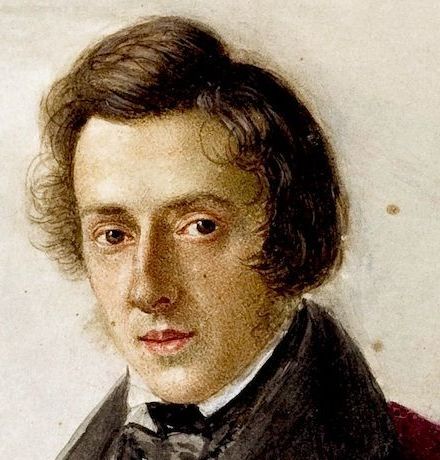
Johannes Brahms (1833-1897)
Brahms was a German composer, pianist, and conductor of the mid-Romantic period. Born in Hamburg into a Lutheran family, he spent much of his professional life in Vienna He is one of the Romantic era’s most revered and popular composers, his symphonies, piano and violin concertos, joyous Academic Festival Overture and deeply affecting German Requiem, which he wrote after the death of his mother, among his most played works.
Discovering Brahms’ music also means diving into his fascinating marriage of classical tradition with folk and gypsy influences, the inspiration for his 21 dynamic and varied Hungarian Dances.
Intermezzo in A major, Op. 118 No. 2
This Intermezzo is one of the six piano pieces published in the—late work—Op.118. The piece has a large ternary form, characteristic of slow movements. The main theme extends from the anacrusis before the first bar to bar 49. Can you hear where the middle section changes to a new theme in the relative minor key?
The Intermezzo has a feel of nostalgia: A bittersweet longing for things, persons, or situations of the past.
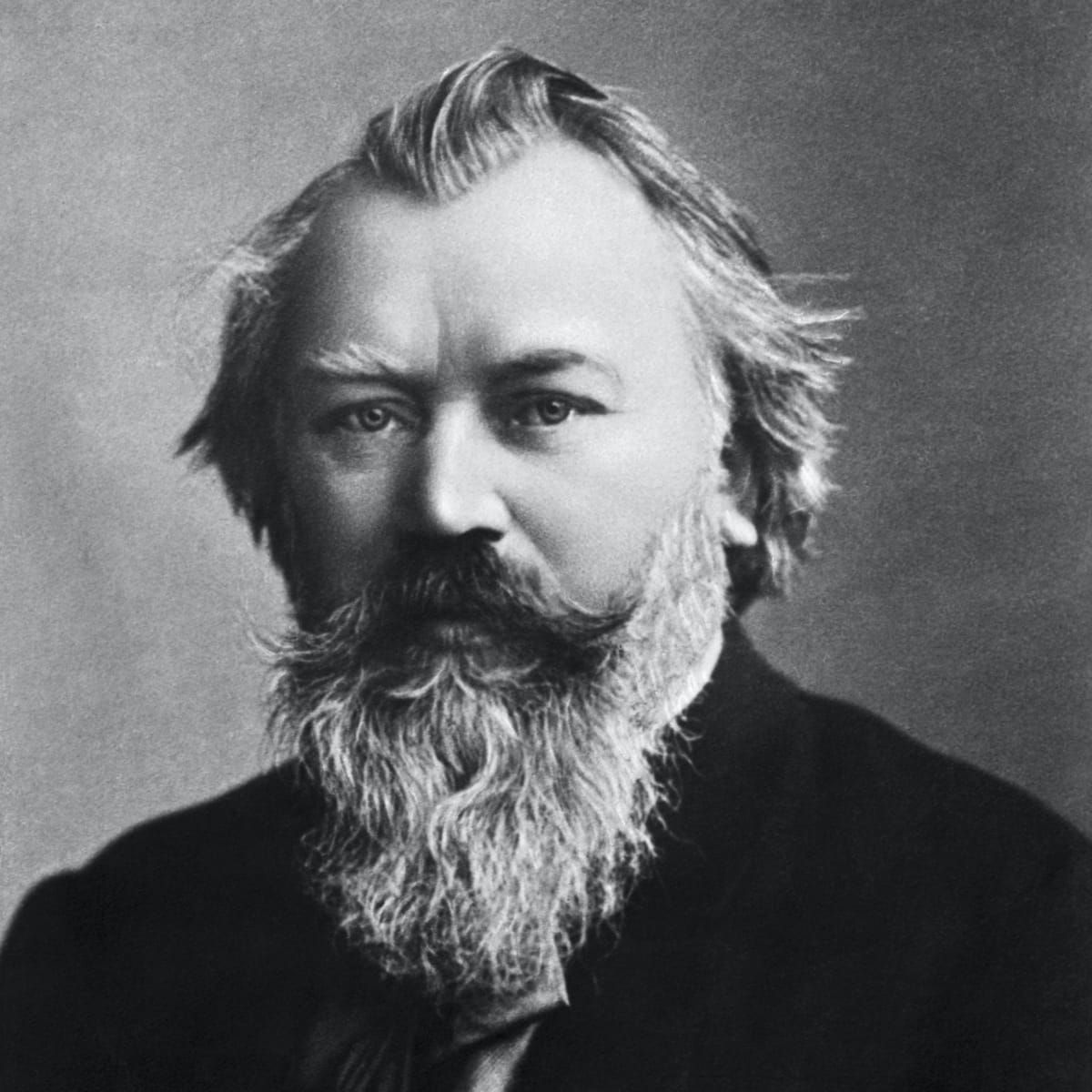
Pyotr Ilyich Tchaikovsky(1840-1893)
Tchaikovsky was the most popular Russian composer of all time. His music has always had great appeal for the general public in virtue of its tuneful, open-hearted melodies, impressive harmonies, and colourful, picturesque orchestration, all of which evoke a profound emotional response. His oeuvre includes 7 symphonies, 11 operas, 3 ballets, 5 suites, 3 piano concertos, a violin concerto, 11 overtures (strictly speaking, 3 overtures and 8 single movement programmatic orchestral works), 4 cantatas, 20 choral works, 3 string quartets, a string sextet, and more than 100 songs and piano pieces.
Romance in F Minor, Op. 5
The work has two main subjects: a soulful song in F minor and a sprightly march in the relative major of A-flat. What is the structure of this piece? How can you tell this was composed in the Romantic Period?
https://www.youtube.com/watch?v=o5HhyuRyP9E
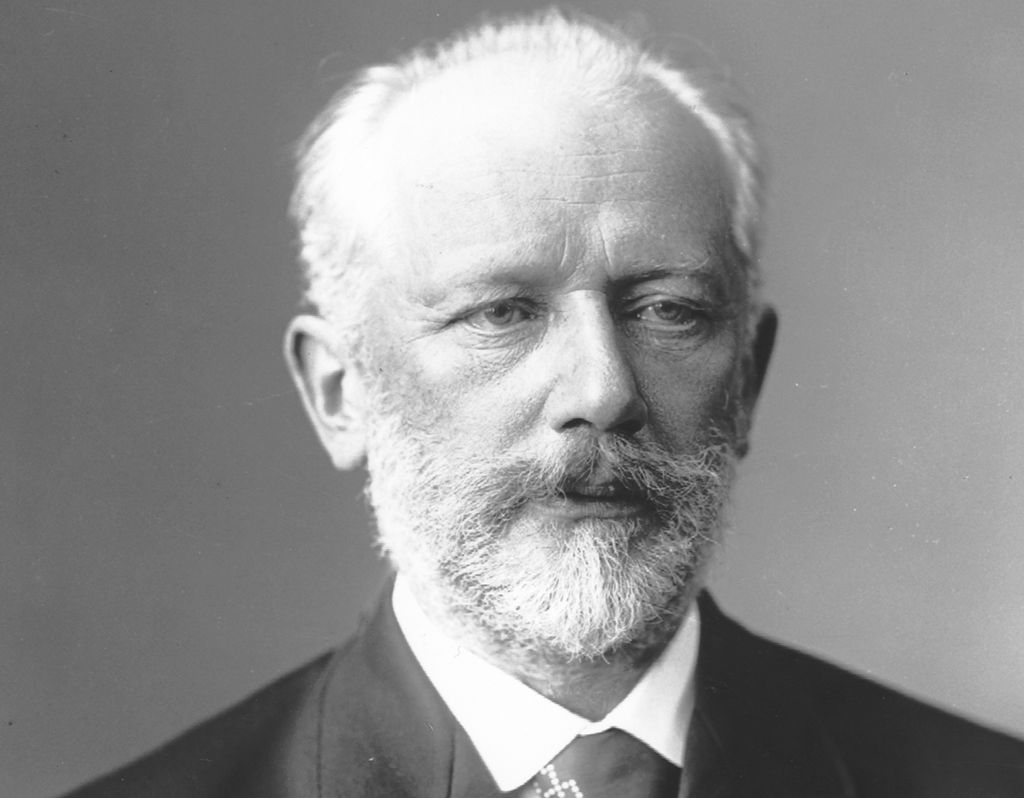
Franz Liszt (1811 – 1886)
Liszt was a Hungarian composer who first gained renown during the early nineteenth century for his virtuoso skill as a pianist. Regarded as one of the greatest pianists of all time, he toured Europe during the 1830s and 1840s, often playing for charity. In these years, Liszt developed a reputation for his powerful performances as well as his physical attractiveness. Such was the sheer force of his musical personality that adoring women collapsed swooning following just a single touch of the ivories. In what has now been dubbed "Lisztomania", he rose to a degree of stardom and popularity among the public not experienced by the virtuosos who preceded him. Whereas earlier performers mostly served the upper class, Liszt attracted a more general audience. Yet he was more than a mere musical showman. He virtually invented the piano recital as we know it, ensuring that the ordinary man in the street got to hear music that was normally the exclusive preserve of the educated classes.
With a diverse body of work spanning more than six decades, he is considered to be one of the most prolific and influential composers of his era and remains one of the most popular composers in modern concert piano repertoire.
Liebestraum No. 3, Notturno
Liebestraum No. 3 is a piano piece composed 1850. It translates to "Dreams of Love" and is one of three pieces that were intended to be lieder (the German word for 'song' - music that's set to poetry). The piece is a nocturne, which means that it's inspired by or reminiscent of night. This was directly influenced by Chopin, whom Liszt was friends with and greatly admired. When Chopin died in 1849, it was a big blow to Liszt, and he spent time writing music in Chopin-esque genres, such as Etudes, Ballades, and Notturnos, as tribute.It's meant to be played briskly, with emotion, and is split into three sections.
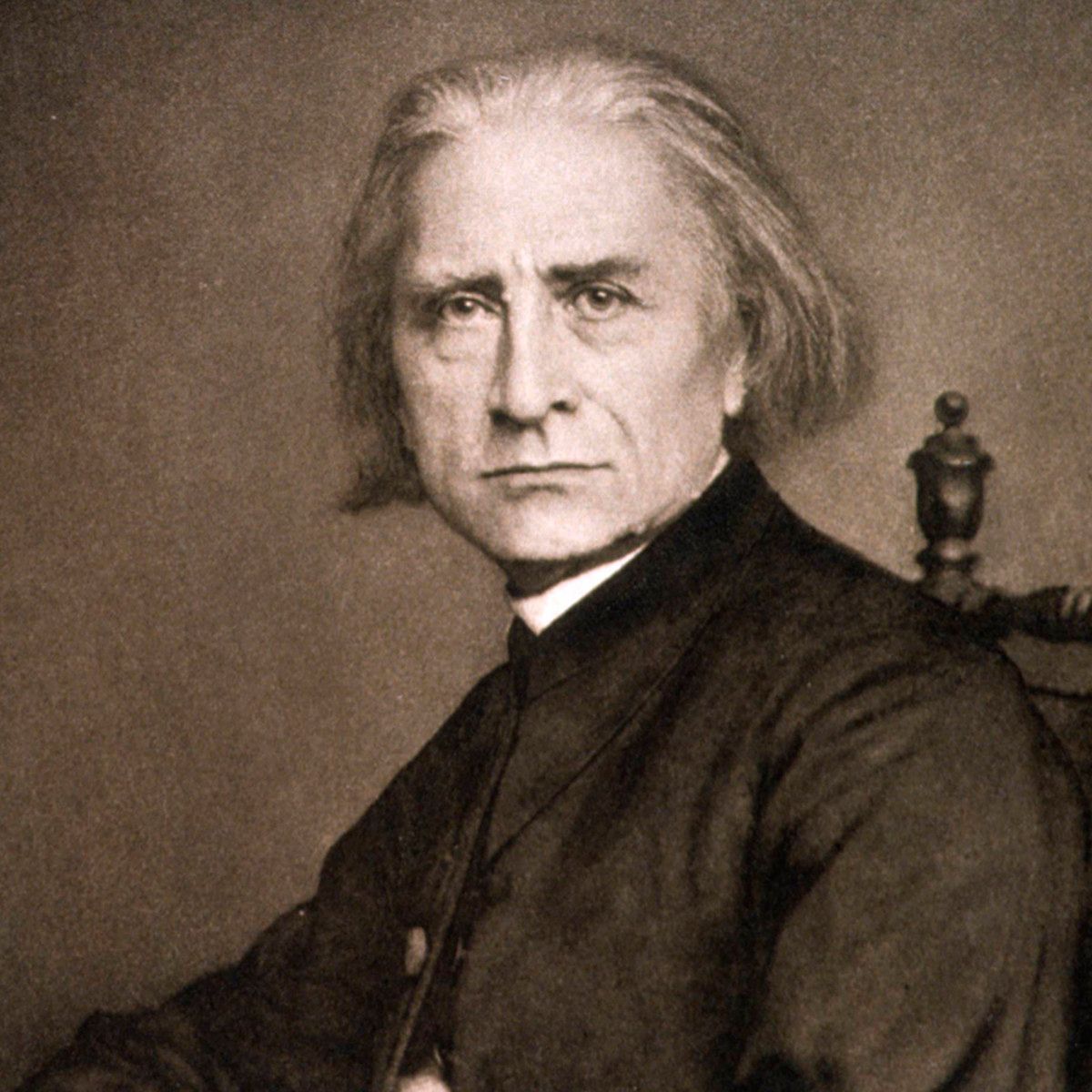
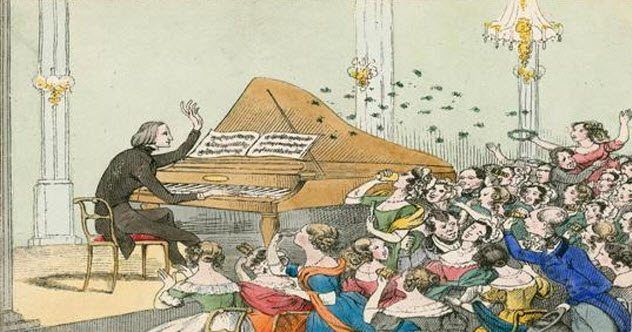
Wider listening
Edvard Hagerup Grieg (1843 – 1907) was a Norwegian composer and pianist. He is widely considered one of the leading Romantic era composers, and his music is part of the standard classical repertoire worldwide. His use of Norwegian folk music in his own compositions brought the music of Norway to fame, as well as helping to develop a national identity.Grieg Piano Concerto in A minor opus 16
https://www.youtube.com/watch?v=I1Yoyz6_Los
Max Bruch (1838 – 1920) was a German Romantic composer, violinist, teacher, and conductor who wrote more than 200 works, including three violin concertos, the first of which has become a prominent staple of the standard violin repertoire.
Violin concerto No. 1 in G minor, by Bruch
https://www.youtube.com/watch?v=XmMN-6g1L8w
Petrovich Mussorgsky (1839 – 1881) was a Russian composer, one of the group known as "The Five". He was an innovator of Russian music in the Romantic period. He strove to achieve a uniquely Russian musical identity, often in deliberate defiance of the established conventions of Western music.
Many of his works were inspired by Russian history, Russian folklore, and other national themes. Such works include the opera Boris Godunov, the orchestral tone poem Night on Bare Mountain and the piano suite Pictures at an Exhibition.
A Night on a Bare Mountain

